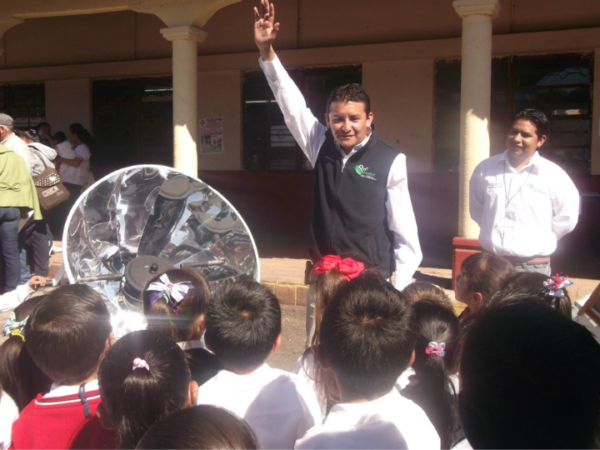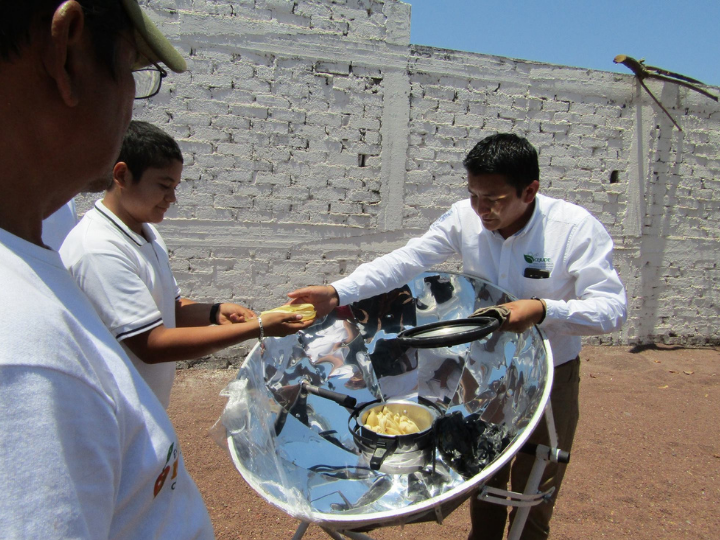Researchers at the University of Houston (UH) and Mexico’s Universidad Intercultural Indígena de Michoacán (UIIM) have teamed up to test the use of an unlikely replacement for more expensive materials in solar thermal applications: soot.
Soot is a readily available material that is generally considered waste, produced by the burning of biomass, carbon, and hydrocarbons. It is generally considered an environmental pollutant, and a culprit in human-driven climate change when it is emitted into the atmosphere as black carbon. Biomass, coke and other emitting materials are still burned regularly in 2022, so the researchers decided to find a way to make use of the byproduct.

Image: University of Houston
Francisco Robles-Hernández of UH started by creating flat pellets and coatings made of the soot and found that it surprisingly had better properties than most materials commonly used to absorb solar irradiance as heat, outperforming graphene, fullerene, and carbon nanotubes.
“There is no energy involved in producing soot because it is an abundant byproduct, and its circular-reutilization can only reduce carbon footprints. The cost is near-zero, which makes it cost-effective and ideal for solar to heat conversion,” said Robles-Hernández.
The coating was tested in solar stoves that can reach 400 degrees F, coating the surface with a material that only costs $1 per square meter to produce. It has small-scale applications in solar stoves, stills, heaters, household heating, water purification, and other technologies, said the researchers.
While the team doesn’t expect this technology to be used widely large-scale, high-power industrial applications in the United States, they believe it could be used in industrial scale drying, which is one of the most energy intensive and costly industrial processes. The coating could be applied to large heaters or boilers to cost-effectively dry large quantities of industrial products.
“The next step for this project is to mass produce solar-to-heat convertors for food processing, ultimately, the motivation for this project is to benefit the environment, using carbon waste or byproducts for household and industrial processes,” said Luis Bernardo López-Sosa of UIIM. “The language of the local communities where I work is Purepécha. In Purepécha we say ‘Jaroajperakua’ which can be translated as climate change prevention or awareness.”
This content is protected by copyright and may not be reused. If you want to cooperate with us and would like to reuse some of our content, please contact: editors@pv-magazine.com.









I dont understand why everybody is still avoiding what I call solar wall technology. It is designed to heat indoors with use of external wall exposed to the Sun. There is a private owned company called Solar Wall. it is installing commercial sized solarwalls all over the world despite no help from the governments for tax credits. I think that solar wall is a great solar technology. Everyone is so focused on converting sunlight into electricty and ignoring all the Btu based solar technologies except solar oven as shown above in this article.